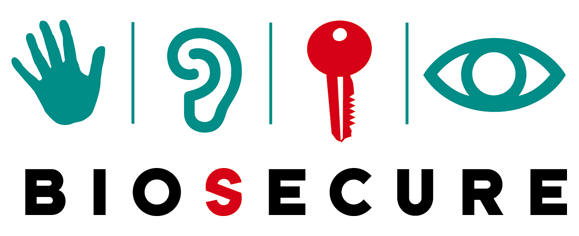Carp Edema Virus (CEV)
article by Dr Paula Reynolds Aquatic Patho-biologist
The Basic Facts
Sleeping sickness is the common name given to the disease scientifically known as Carp Edema Virus or CEV although in Japan it is called Koi Sleepy Disease or KSD. Outbreaks of the virus have increased in recent years in the UK although this is not a cause for concern if you buy only from a specialist Koi dealer who follows a high standard quarantine protocol. It has been reported in several publications and on the Internet that CEV is a newly emerging disease and this has caused confusion. The very first outbreak of any disease in a specific location is naturally new to those seeing it for the first time. However, this does not mean the disease has not already caused outbreaks elsewhere and my laboratories are aware of cases of the virus that date back to the 1970’s long before any scientific name was in use. Many Japanese Koi producers expose their juvenile Koi to older stock in attempts to pass on some degree of immunity to the virus. Unfortunately, this practice has not overcome the extremely complex nature of a virus that has an amazing capacity for survival.
Possible Signs of CEV
Cases of CEV are more often seen in newly imported Koi although this depends on their living conditions, as environmental factors considerably influence disease. The virus is usually active at spring and summer water temperatures and outbreaks can vary in severity. When Koi suddenly become less active and refuse food a water quality issue or a parasite such as white spot might be suspected. However, if in addition to these signs the Koi are drifting around the pond in the water current rather than swimming and they rest more than usual a CEV outbreak is a possibility. The introduction of new Koi is often a factor when looking for the source of any health problem and it is important to appreciate that new fish are not always responsible for outbreaks of a viral disease. Some cases of CEV last only a few days with no mortalities although elderly or vulnerable Koi are more at risk. In outbreaks that are more serious the gill tissue becomes hyperplastic or necrotic and higher Koi losses are likely. If the disease process is slowed down, possibly, by changes in water temperature, the fish may be unwell for a longer period and then a higher mortality level is possible.
The same but different
Whenever Koi are floating aimlessly around the pond it is to easy to assume the worst when in reality Koi are prone to conditions that create similar signs to CEV. This makes diagnosis difficult for Koi keepers and it is important not to jump to the wrong conclusion. For example, some farms chill their Koi to support them during their long journey, and the temperature in the hold of the plane can chill them even further. On arrival in the UK and for several days in their new environment, such Koi can suffer the after effects of having being chilled. They might lose their neutral buoyancy and be unable to swim normally. A further example of similar behaviour is the Koi that in spring suffer from chilling of the swim bladder. This is due to fluctuations in water temperature and affected fish may rest on the pond floor almost motionless, whilst others float on the surface and whilst loses are rare the Koi need warmer water to control this particular problem.
The Treatment of Sleeping Sickness
When the signs in Koi genuinely suggest CEV or sleeping sickness, pure vacuum dried salt at 0.3% or ½ an ounce per gallon, should be introduced to the pond or hospital tank. The level can be increased after 12 hours to 1oz per gallon or 0.6% and the use of acriflavine in addition to the salt is advisable. The acriflavine treatment can be repeated as per the directions for the brand in use.
If infection persists, an anti-viral product safe for conjunction with salt can also be tried. The word “anti-viral” should not be interpreted as a cure although such products can lower the cross-infection level. For safety, partial water changes in between each treatment are advisable ensuring the tap water does not chill the pond. Salt is essential in the treatment of CEV or the mortality level may be higher, and the level must be topped up to the correct percentage after all water changes.
Salt baths are ineffective, as the Koi must live in saline conditions to support them through this type of disease. Once the Koi have recovered, the salt should be gradually removed by water changes. Whilst salt is an excellent medicine Koi are a freshwater species that should not live long term in salt-water.
Raising the water temperature gradually by 1 degree a day can also help Koi during a CEV outbreak. However, heating is impossible in many ponds and is not always effective in large water volumes. Rather than target a specific upper temperature observe the koi for gradual improvement if heat is applied. When heating is impractical bear in mind that the ability provide ideal recovery conditions does not always alter the outcome greatly as, the capacity to fight disease is individual to every koi and survival of the fittest is nature’s way.




